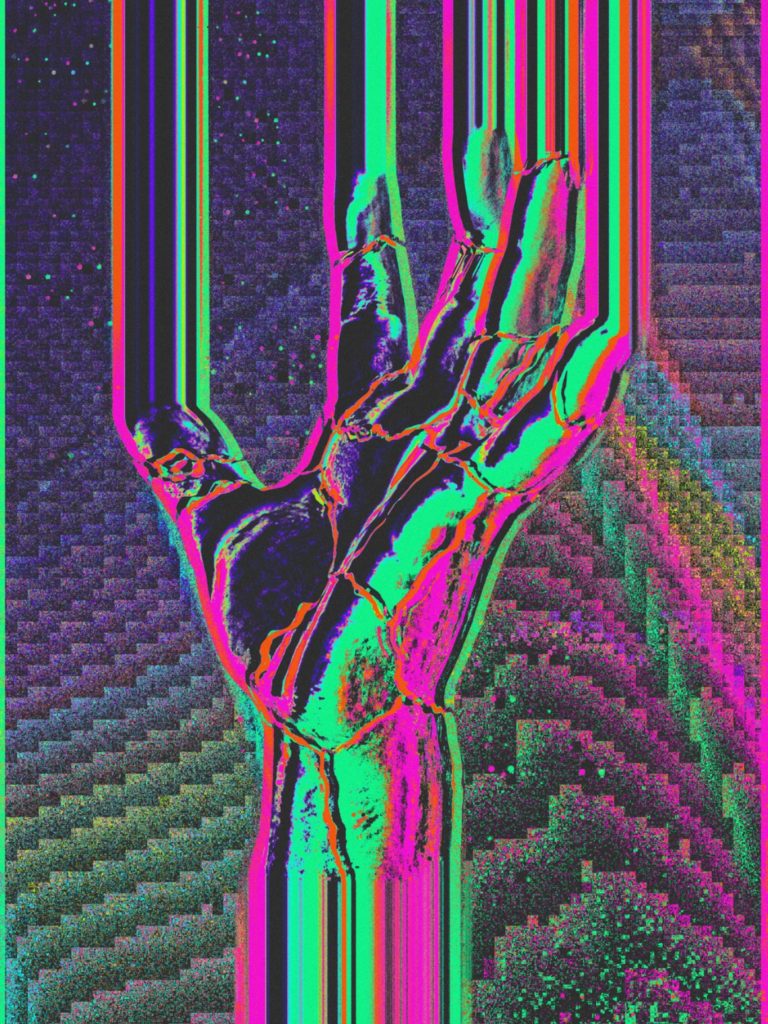I’ve seen a few throughout my life at friend’s houses as a kid during the age of Limewire. Typically they were pretty good quality even though you’d see the odd person get up from their seat or hardcoded subtitles. Lately I’ve been curious about the history behind them and how they came to be.
Have there been well known release groups similar to the game cracking scene?
Have they always been mostly from one region?
Are they released strategically for one reason or another?
Have there been hidden methods to bust groups after a release such as steganography?
I’d be down to hear any facts about it you find interesting, stories, and if you have any articles or videos about the subject.


That sounds like a workprint. The linked wiki page has notable examples of workprints that made their way onto Internet, sometimes before the movie was even in theaters. I don’t think this is typically a sought-after version for pirate groups, their existence is likely more of a convenience situation. Someone got their hands on the workprint, uploaded it online, and it spread from there.
The holy grail for pirate groups used to be screener copies, finished versions of films that are sent to reviewers, promoters, etc. before release. I remember a (relatively brief) time when finished copies of movies were routinely popping up online even before they were in theaters. Such leaks have largely been stopped by difficult-to-remove watermarking of screener copies and workprints. Every such copy that goes to an editor, VFX house or film reviewer gets its own unique watermark trace embedded in the copy. If the studio finds that your copy was leaked online they can fire / sue / blacklist you. It’s massively curtailed such leaks.
I wonder if AI could do a number on those watermarks. Have a program like Topaz upscale it a bit and add some noise and grain. That should be enough to destroy however they identify it visually.
The technical issues could probably be tackled, but realistically I doubt we’ll ever return to the screener copy glory days. By now everyone who receives a screener copy knows about the watermarking software, and release teams would have a hell of a time convincing them that the watermark can 100% for sure be removed. The person in possession of the screener copy has every incentive not to share it, since the costs of getting caught are so high (fired and/or sued and/or blacklisted in the industry).
I don’t have any source for this, but screener copy leaks were so prevalent at one point that I have to imagine that money was changing hands. Release teams behind paid sites were probably bribing recipients of screener copies so their site could have the pirate copy first, and later it would spread to free sites. Given the number of people that receive screener copies, studios realistically had no way to figure out who was leaking them so it was essentially free money for the leaker. The price paid to the leaker was probably not all that high since the risks were so low.
As soon as the watermarks were in, the risks for the leaker went up dramatically and so would their price. Watermarking was actually a very clever solution to the problem. Rather than adding DRM, which would bog down their workflows and piss off their customers, studios added watermarks that made it uneconomical for the leaks to continue.